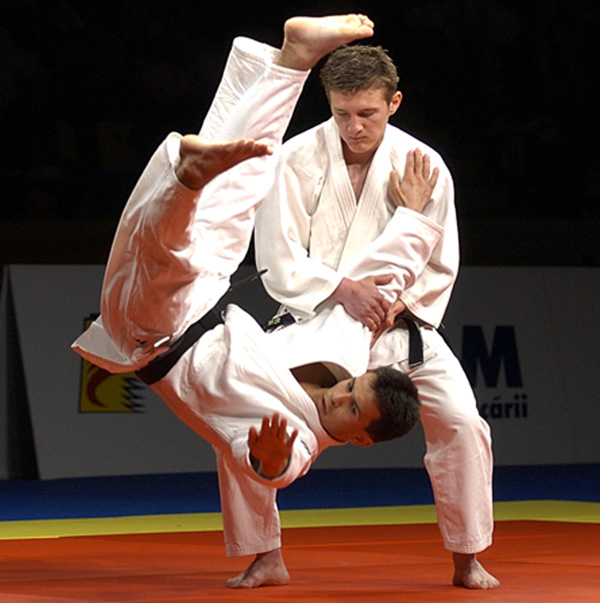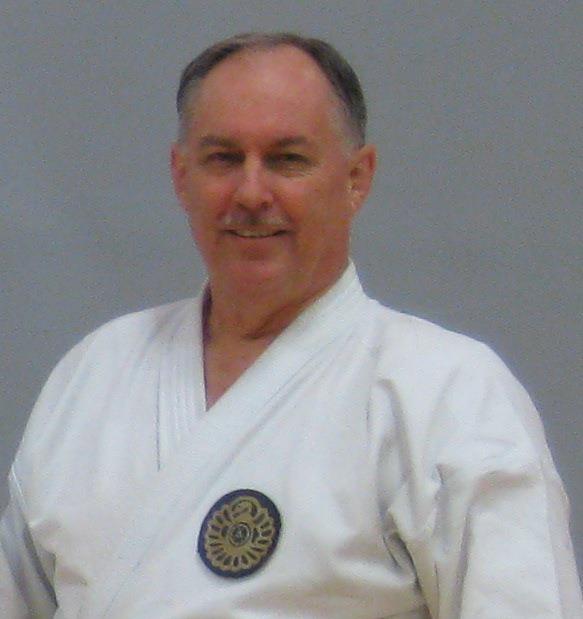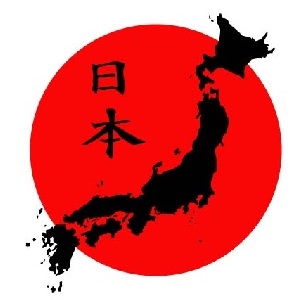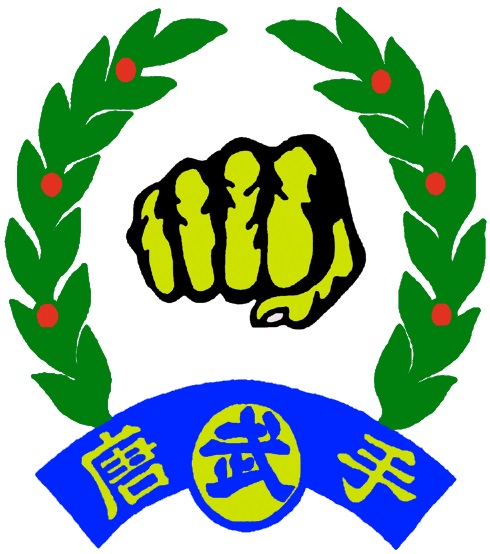His Introduction to Budō
 Shortly
after that conversation with Higa Yetsuō, young Len Pellman was enrolled at
the San Diego School of Judo and
Jiujitsu under the tutelage of the legendary
Al Holtman
Sensei, who at the time was the highest
ranking jūdōka in California.
Initally, Pellman Shihan viewed jūdō as merely a class,
in much the same way people take classes in arts and
crafts, foreign languages, or playing a musical
instrument. It was simply a skill to learn.
But he soon realised it was something more. He had
become a member of a dōjō, surrounded by
people who were there on a lifelong quest for
self-improvement and a principled,
purpose-driven lifestyle.
Shortly
after that conversation with Higa Yetsuō, young Len Pellman was enrolled at
the San Diego School of Judo and
Jiujitsu under the tutelage of the legendary
Al Holtman
Sensei, who at the time was the highest
ranking jūdōka in California.
Initally, Pellman Shihan viewed jūdō as merely a class,
in much the same way people take classes in arts and
crafts, foreign languages, or playing a musical
instrument. It was simply a skill to learn.
But he soon realised it was something more. He had
become a member of a dōjō, surrounded by
people who were there on a lifelong quest for
self-improvement and a principled,
purpose-driven lifestyle.
Technically, jūdō is a sport. It has been included in the Olympic Games since 1936. But its origins are in the ancient art of jūjutsu, and as a result jūdō remains steeped in the traditions and philosophy of Japanese budō. When Pellman Shihan began his jūdō training, there were only two coloured belts between white belt (shoshinsha) and black belt (yūdansha). Students remained unranked until reaching rokkyū (6th kyū) and receiving a green belt. There were no stripes or other markings to distinguish them from gokyū (5th kyū) and yonkyū (4th kyū) green belts. At sankyū (3rd kyū) a brown belt was awarded. And there was no formal testing for promotion. Students demonstrated their proficiency at tournaments. A student who defeated an opponent of higher rank was promoted to that rank following the tournament. And the promotion involved no pomp and ceremony. Sensei simply handed the student his or her new belt and said, "Congratulations."
Although he thoroughly enjoyed jūdō, Pellman Shihan never lost his desire to learn karate. In fact, throughout most of his jūdō training he rarely admitted that he was learning jūdō. Instead, he told his friends he was taking karate lessons—not because he was ahamed of jūdō, but because of his strong desire to train in karate. After three years of jūdō training, he would finally get that opportunity.
In 1968, Pellman Shihan was selected from more than 300 applicants to be one of six exchange students sent to the city of Toyokawa, Japan. This experience proved to be pivotal in his development, both as a budōka and life in general.




